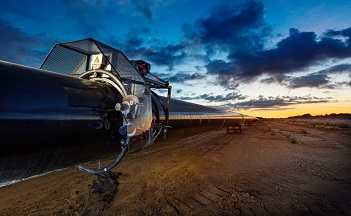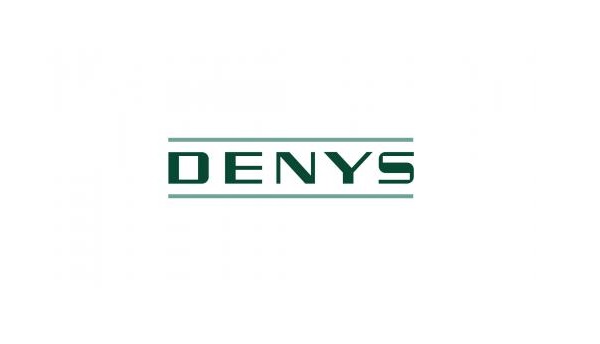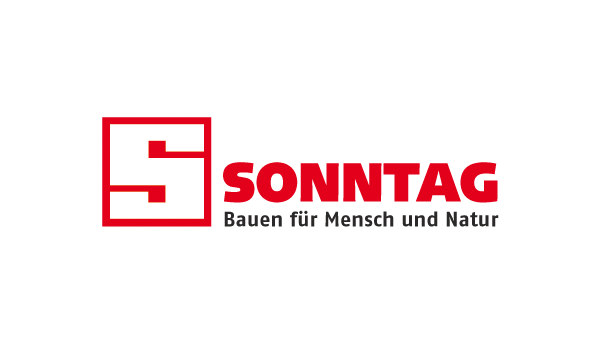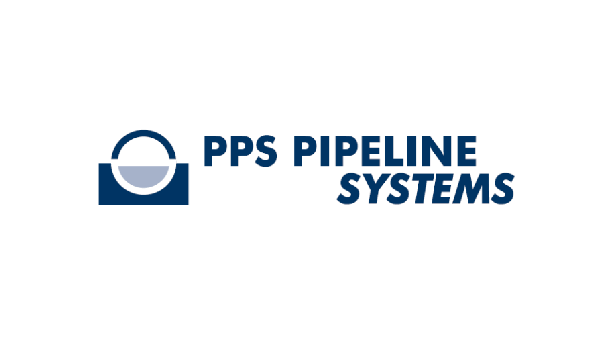
The importance of natural gas to Germany’s energy transition cannot be overstated. In 2010, the country passed Energiewende, its long-term energy strategy to install as much wind and solar energy as possible, as quickly as possible. To deliver on this ambitious goal, Germany needs natural gas - now recognized as the backup fuel for intermittent wind and solar power.
This reality is one reason why the Zeelink pipeline project is so important for Germany. Crucially, it also plays a central role in the conversion from L-gas (low calorific gas) to H-gas (high calorific gas). Zeelink Project Director Franz-Josef Kißing was kind enough to take some time out of his hectic schedule to tell Business Excellence more about the project, its development and its significance to Germany’s energy transition.
Background
Mr. Kißing began our discussion by noting how the need for the Zeelink project was identified in the Federal Network Agency’s National Gas Development Plan 2018 (Gas NDP). He told us: “Throughout Germany around five million end user appliances are still operated with L-gas. However, the production of L-gas is set to decrease by about 90 percent by 2030, mainly because of declining volumes in the Netherlands.”
This means that, for Germany, the energy transition also implies a gas transition. Mr. Kißing says: “In order to ensure that proven natural gas technologies can continue to be used, combustion systems and appliances used by residential, commercial and industrial customers have to be converted to H-gas. Zeelink ensures that distribution networks which still supply L-gas today can be operated with H-gas in the future.”
The Zeelink project includes the construction of the new pipeline from the Belgian-German Border all the way to North Rhine-Westphalia as well as a compressor station in Würselen and another one in Legden, currently at the design phase. The new transmission pipeline will make an important contribution to supply security in Germany while also boosting natural gas transmission capacity from the north to the south.
Construction Overview
Construction of the Zeelink transmission pipeline began in April 2019, shortly after the competent district governments in Cologne, Düsseldorf and Münster granted planning approval. As Kißing says: “the Zeelink crosses the Rhine, the Lippe River and the Wesel-Datteln Kanal as well as the "Brander Wall" (a noise protection embankment near Aachen), over a total distance of 216 kilometres and about 13,000 pipes.”
Thyssengas GmbH (Dortmund) and Open Grid Europe (OGE) (Essen), the team behind Zeelink, have employed several innovations in the construction phase. Mr. Kißing says: “It has used trenchless digging equipment as well as methods such as micro-tunneling, but also the innovative PipeMon+ system for leak detection to ensure the safety of the pipeline in service. Some welding was also carried out using the ‘automatic welding’ process.”
Innovation is one issue, implementation is another. On that score too, the statistics show that Zeelink is delivering. Approximately 100,000 tonnes of steel is being used across the 216 kilometres, with each pipe being 17mm thick and hydro-tested at approximately 190 bar. Furthermore, when finished, there will be 15 sectionalizing valves and 40 kilometres of welds.
Of course, in order to ensure 216 kilometres of smooth construction progress, constant close contact with all relevant stakeholders was maintained. Of this, Mr. Kißing says: “local residents were kept informed about upcoming work and were given contacts for questions. On-site meetings were held at critical sections of the route with local politicians, local residents and citizens' initiatives.” Ultimately, it is the 50% of Germans that use natural gas to heat their homes that will benefit the most from Zeelink.
Powering on through lockdown
Readers will be acutely aware that the timeline of the project coincides with the advent of the Coronavirus pandemic. Mr. Kißing notes that the pandemic first arrived in Germany in March 2020, but that, “the orders for the various materials had already been placed, so there was no impact there. But we had people from up to 15 nations working at the site, which was a challenge.”
However, the management team put together a holistic protection plan. Mr Kißing says that this plan included the wearing of masks in vehicles, people working in fixed groups and regular testing. He says: “We managed to mitigate the adverse effects of the pandemic. The nationwide rules published by the RKI (Robert-Koch-Institut, Berlin) are fully applied. In addition, we made weekend arrangements for workers who could not travel to their home countries over the so-called "long weekend" due to the pandemic.”
Collaboration from Top to Bottom
The project company responsible for delivering Zeelink is Zeelink GmbH & Co KG, controlled by OGE (75%) and Dortmund-based Thyssengas GmbH (25%), with the latter brought on board by OGE to oversee the construction and subsequent operations of the pipeline. But this is just where the collaboration begins.
As Mr. Kißing tell us: “For the organisation of activities on site, Open Grid Europe worked hand in hand with so-called "Working Communities" ("ARGENs"). These are groups of companies that work together on a specific job for a limited period of time; a common form of cooperation on many large construction sites.” Among them were well-known names in construction such as Pipeline Systems, Anton Meyer Bauunternehmen, Vorwerk, Max Streicher, Ludwig Freitag, all in Germany, Denys in Belgium and the HABAU Group in Austria.
Zeelink: Opening Opportunities
Zeelink opens a range of opportunities for the security of gas supply for industry and householders in the northern half of Germany, through contributing to the diversification of supply sources. For example, the pipeline connects to the Belgian gas transmission network which opens up the possibility of obtaining LNG via the port of Zeebrugge. It also connects to the pipeline system in the north, which could allow shipping gas imported via the Nord Stream pipeline system. In future, Zeelink will be a central axis in the Europe’s interconnected pipeline network.
Franz-Josef Kißing concludes: “One of this project's unique features is that the pipeline runs through a variety of regions/spatial structures, from densely populated areas to rural regions strongly characterised by agriculture. I think that all the OGE employees and contractors involved deserve particular praise. Despite external influences such as the Coronavirus pandemic, they have done an outstanding job in completing the pipeline on time and within budget.”
DOWNLOAD
 Zeelink-April-2021.pdf
Zeelink-April-2021.pdf
















